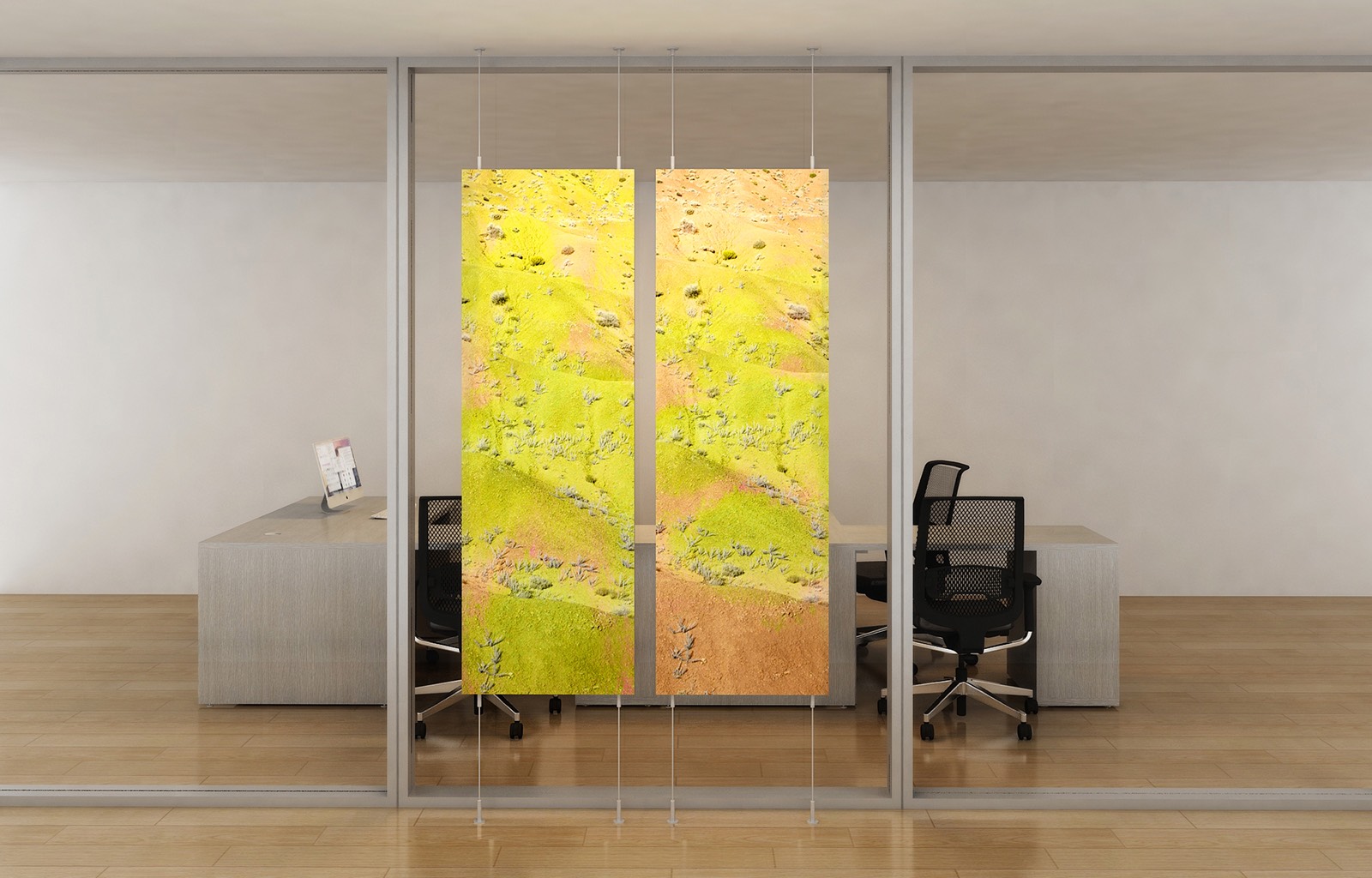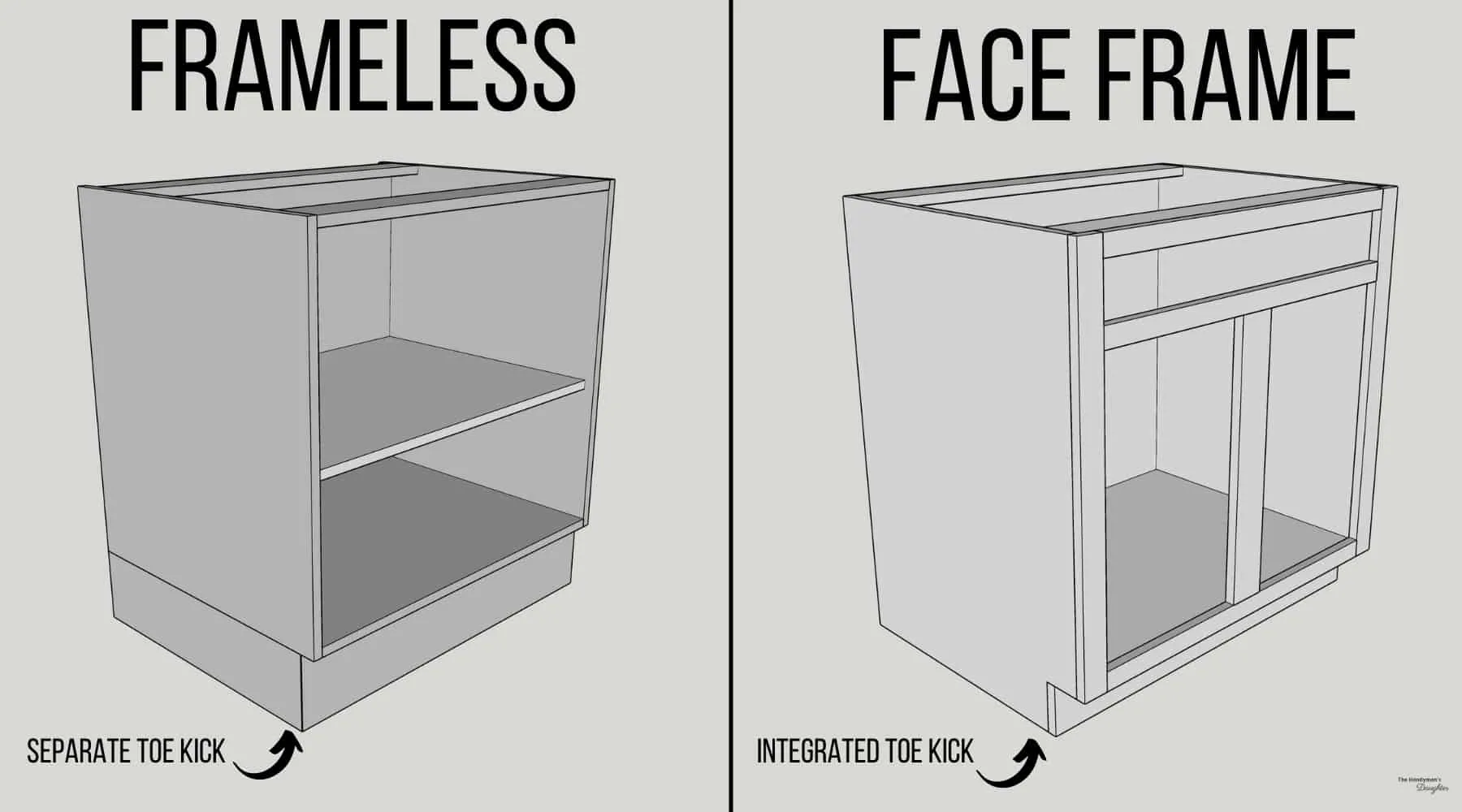Design & Functionality of Corner Barn Door Cabinets

Corner barn door cabinets offer a stylish and space-saving solution for maximizing storage in often-underutilized corner areas. Their unique design combines the aesthetic appeal of barn doors with the practical functionality of built-in storage, making them a popular choice for homeowners and interior designers alike. This report details various design considerations, installation processes, and material comparisons for these increasingly popular storage solutions.
Corner Barn Door Cabinet Models
Three distinct corner barn door cabinet models are presented below, each showcasing different size, material, and functionality options.
- Model A: Small Oak Cabinet – Dimensions: 36″ wide x 36″ deep x 72″ high. Constructed from solid oak, this model features a single barn door revealing two adjustable shelves. The oak is finished with a clear coat to highlight the natural grain. Its compact size makes it suitable for smaller corners or hallways.
- Model B: Medium-Sized MDF Cabinet with Glass Door – Dimensions: 48″ wide x 48″ deep x 84″ high. This model uses medium-density fiberboard (MDF) for the cabinet structure, offering a more affordable option than solid wood. One solid barn door and one glass-paned barn door provide both storage and display options. The MDF is painted white for a clean, modern look.
- Model C: Large Metal Cabinet – Dimensions: 60″ wide x 60″ deep x 96″ high. Constructed from powder-coated steel, this model is exceptionally durable and ideal for heavier items. It features two barn doors, each revealing ample storage space with adjustable shelving. The powder-coated finish provides a sleek, industrial aesthetic and easy cleaning.
Corner Barn Door Cabinet Installation
Proper installation is crucial for ensuring the longevity and functionality of a corner barn door cabinet. The following steps Artikel a general installation process; specific instructions may vary depending on the model and materials used. Always consult the manufacturer’s instructions.
- Step 1: Preparation – Ensure the corner area is level and clear of obstructions. Gather necessary tools: level, drill, screwdriver, measuring tape, safety glasses, and appropriate fasteners.
- Step 2: Cabinet Assembly – Assemble the cabinet frame according to the manufacturer’s instructions. This often involves attaching sides, shelves, and back panels.
- Step 3: Track Installation – Install the barn door track securely to the wall, ensuring it is level and plumb. Use appropriate wall anchors for your wall type.
- Step 4: Door Hanging – Carefully hang the barn doors onto the track, ensuring they slide smoothly. Adjust the door rollers as needed.
- Step 5: Hardware Installation – Attach handles and any other desired hardware.
- Step 6: Final Inspection – Inspect the installation for proper functionality and stability.
Material Comparison for Corner Barn Door Cabinets
The choice of material significantly impacts the cabinet’s cost, durability, and aesthetic appeal.
| Material | Pros | Cons | Cost Estimate |
|---|---|---|---|
| Solid Wood (Oak, Pine) | Durable, aesthetically pleasing, high resale value | Expensive, susceptible to moisture damage | $500 – $2000+ |
| MDF | Affordable, versatile, easily painted or stained | Less durable than wood, susceptible to damage | $200 – $800 |
| Metal (Steel) | Extremely durable, resistant to moisture and damage, easy to clean | Can be more expensive than MDF, may require special tools for installation | $400 – $1500+ |
| Composite | Durable, moisture resistant, relatively inexpensive | May not be as aesthetically pleasing as wood | $300 – $1000 |
Hardware Options for Corner Barn Door Cabinets
Hardware choices significantly influence both the functionality and aesthetic appeal of the cabinet.
- Hinges: Options range from basic butt hinges to more decorative styles, impacting the overall look. Heavy-duty hinges are crucial for larger, heavier doors.
- Handles: Handles come in various materials (metal, wood, ceramic) and styles, offering a wide range of aesthetic choices. Consider ergonomics and ease of use when selecting handles.
- Tracks: The track system determines how smoothly the doors operate. Higher-quality tracks with smooth rollers ensure effortless sliding. Consider the weight capacity of the track when choosing it.
Interior Design & Space Optimization with Corner Barn Door Cabinets

Corner barn door cabinets offer a stylish and practical solution for maximizing storage and enhancing the aesthetic appeal of various rooms. Their unique design allows them to seamlessly integrate into diverse interior styles, transforming underutilized corner spaces into functional and visually appealing features. This exploration delves into the design applications and space-saving potential of these versatile cabinets.
Corner Barn Door Cabinet Design Scenarios
Three distinct interior design scenarios highlight the adaptability of corner barn door cabinets. First, in a modern farmhouse kitchen, a whitewashed cabinet with black barn doors complements a neutral color palette, featuring light wood countertops and stainless steel appliances. The cabinet’s interior neatly stores pantry staples and baking supplies, maximizing vertical space and maintaining a clean aesthetic. Secondly, a sleek, dark grey corner barn door cabinet in a contemporary bathroom houses toiletries and linens, reflecting the overall minimalist design. The cabinet’s mirrored doors add a touch of elegance while enhancing the feeling of spaciousness. Finally, a rustic-style living room benefits from a rich mahogany corner cabinet with distressed barn doors, storing books, games, and media equipment, complementing the room’s existing furniture and creating a focal point.
Space Efficiency in Small or Oddly Shaped Rooms
Corner barn door cabinets are particularly effective in maximizing space efficiency in small or unusually shaped rooms. Their ability to utilize often-neglected corner spaces provides valuable additional storage without sacrificing floor space.
- Eliminating Dead Space: Corner cabinets effectively transform awkward corners, which are often unused, into functional storage areas.
- Vertical Storage: Their design allows for efficient use of vertical space, making the most of height and minimizing the footprint.
- Hidden Storage: The barn doors conceal clutter, keeping the room looking tidy and organized.
- Customizable Sizes: Cabinets can be custom-built to perfectly fit the dimensions of the corner and the available space.
- Improved Flow: By strategically placing the cabinet, it can also help define zones within a room, improving the overall flow and functionality.
Creative Interior Space Utilization
Five creative ideas showcase the versatility of corner barn door cabinet storage.
- Home Office Supplies: Store stationery, printer paper, and office accessories in a corner cabinet in a home office.
- Craft Supplies: Organize yarn, fabrics, and tools in a corner cabinet dedicated to crafting activities.
- Linens and Towels: In a bathroom, a corner cabinet provides ample storage for towels, extra linens, and toiletries.
- Kitchen Essentials: A corner cabinet in the kitchen can store baking supplies, canned goods, and small appliances.
- Media and Games: In a living room, the cabinet can house DVDs, board games, and remote controls, keeping them organized and readily accessible.
Infographic: Optimal Placement Strategies
An infographic illustrating optimal placement strategies for corner barn door cabinets would feature a clean, modern design. The color scheme would utilize a calming palette of soft blues and greys, with pops of a warm, earthy brown to highlight key placement points. The layout would use clear, concise icons and text to illustrate the concepts. The infographic would showcase various room layouts (kitchen, bathroom, living room) with different cabinet placements, indicating how the cabinets can maximize space flow. Each example would highlight how the cabinet’s placement complements the room’s overall design and functionality, avoiding congestion or hindering movement. Arrows would illustrate the optimized flow around the cabinet, showcasing the improved spatial dynamics. A key would clearly define the color-coded elements and the strategic placement guidelines.
Building & Customization of Corner Barn Door Cabinets

Constructing a custom corner barn door cabinet offers a rewarding blend of woodworking skill and personalized design. This process, while demanding, allows for complete control over dimensions, materials, and features, resulting in a unique piece perfectly suited to your space. Careful planning and execution are key to success.
Material Selection and Parts List
Choosing the right materials significantly impacts the cabinet’s durability and aesthetic appeal. Solid hardwoods like oak, maple, or cherry provide strength and a classic look, while more affordable options like pine or plywood offer a cost-effective alternative. Hardware selection is equally important; sturdy hinges, high-quality barn door hardware, and durable drawer slides are essential for longevity.
- Wood: Specify type and dimensions (e.g., 1×12 oak boards, ¾” plywood for shelves).
- Barn Door Hardware: Include track, rollers, and handles.
- Hinges: Choose heavy-duty hinges suitable for the door weight.
- Drawer Slides: Select full-extension slides for easy access.
- Shelving Supports: Metal shelf brackets or dowels.
- Fasteners: Wood screws, pocket hole screws, and wood glue.
- Finish: Paint, stain, or varnish.
Cutting and Assembly, Corner barn door cabinet
Precise cutting is paramount. A table saw, miter saw, or circular saw, combined with a quality measuring tape and speed square, ensures accurate cuts. Prioritize safety by using appropriate safety gear throughout the process. The cabinet’s frame is typically assembled using pocket hole joinery or traditional mortise and tenon techniques, providing strength and a clean look. Dry-fitting before gluing and screwing allows for adjustments and ensures a perfect fit.
Integrating Features: Shelves, Drawers, and Lighting
Adding shelves, drawers, and lighting enhances functionality and visual appeal. Shelves can be added using simple shelf supports or more intricate dado joints. Drawers require precise measurements and careful installation of drawer slides to ensure smooth operation. Lighting can be integrated using LED strip lights concealed within the cabinet or by installing small puck lights.
Painting and Finishing Techniques
Proper preparation is crucial for a professional finish. Sanding the cabinet smooth, filling any imperfections with wood filler, and cleaning the surface thoroughly are essential steps. Applying a primer ensures even paint coverage and better adhesion. Multiple coats of paint or stain, with appropriate drying time between coats, create a durable and attractive finish. A final coat of clear varnish or polyurethane protects the finish and enhances its longevity.
Tools Required
A comprehensive set of tools ensures efficient and safe construction. This includes measuring tools (tape measure, square), cutting tools (circular saw, miter saw, jigsaw), assembly tools (drill, screwdriver, clamps), and finishing tools (sandpaper, brushes, rollers). Safety glasses and a dust mask are essential for protecting your health.
